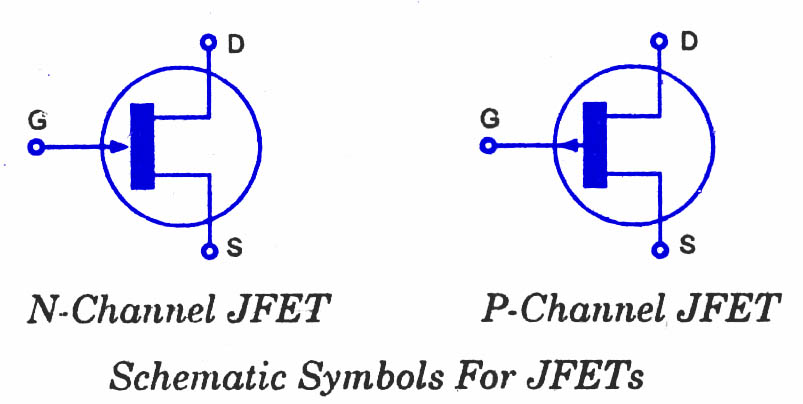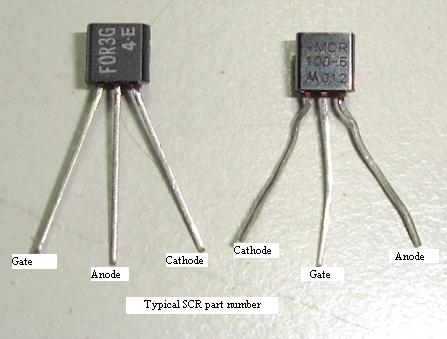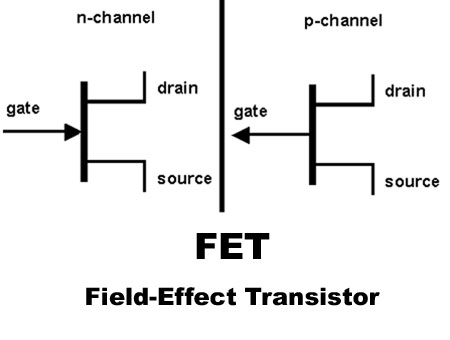INTRODUCTION:- simple diodes are made up from two pieces of semiconductor material, either Silicon or Geranium to form a simple PN-junction and we also learnt about their properties and characteristics. If we now join together two individual diodes end to end giving two PN-junctions connected together in series, we now have a three layer, two junction, three terminal device forming the basis of a Bipolar Junction Transistor, or BJT for short. This type of transistor is generally known as a Bipolar Transistor, because its basic construction consists of two PN-junctions with each terminal or connection being given a name to identify it and these are known as the Emitter, Base and Collector respectively.
The word Transistor is an acronym, and is a combination of the words Transfer Varistor used to describe their mode of operation way back in their early days of development. There are two basic types of bipolar transistor construction, NPN and PNP, which basically describes the physical arrangement of the P-type and N-type semiconductor materials from which they are made. Bipolar Transistors are "CURRENT" Amplifying or current regulating devices that control the amount of current flowing through them in proportion to the amount of biasing current applied to their base terminal. The principle of operation of the two transistor types NPN and PNP, is exactly the same the only difference being in the biasing (base current) and the polarity of the power supply for each type.
Bipolar Transistor Construction:-

The construction and circuit symbols for both the NPN and PNP bipolar transistor are shown above with the arrow in the circuit symbol always showing the direction of conventional current flow between the base terminal and its emitter terminal, with the direction of the arrow pointing from the positive P-type region to the negative N-type region, exactly the same as for the standard diode symbol.
There are basically three possible ways to connect a Bipolar Transistor within an electronic circuit with each method of connection responding differently to its input signal as the static characteristics of the transistor vary with each circuit arrangement.
- 1. Common Base Configuration - has Voltage Gain but no Current Gain.
-
- 2. Common Emitter Configuration - has both Current and Voltage Gain.
-
- 3. Common Collector Configuration - has Current Gain but no Voltage Gain.
The Common Base Configuration.
As its name suggests, in the Common Base or Grounded Base configuration, the BASE connection is common to both the input signal AND the output signal with the input signal being applied between the base and the emitter terminals. The corresponding output signal is taken from between the base and the collector terminals as shown with the base terminal grounded or connected to a fixed reference voltage point. The input current flowing into the emitter is quite large as its the sum of both the base current and collector current respectively therefore, the collector current output is less than the emitter current input resulting in a Current Gain for this type of circuit of less than "1", or in other words it "Attenuates" the signal.
The Common Base Amplifier Circuit
 This type of amplifier configuration is a non-inverting voltage amplifier circuit, in that the signal voltages Vin and Vout are In-Phase
This type of amplifier configuration is a non-inverting voltage amplifier circuit, in that the signal voltages Vin and Vout are In-Phase.
This type of arrangement is not very common due to its unusually high voltage gain characteristics. Its Output characteristics represent that of a forward biased diode while the Input characteristics represent that of an illuminated photo-diode. Also this type of configuration has a high ratio of Output to Input resistance or more importantly "Load" resistance (RL) to "Input" resistance (Rin) giving it a value of "Resistance Gain". Then the Voltage Gain for a common base can therefore be given as:Common Base Voltage Gain:-
 The Common Base circuit is generally only used in single stage amplifier circuits such as microphone pre-amplifier or RF radio amplifiers due to its very good high frequency response.
The Common Base circuit is generally only used in single stage amplifier circuits such as microphone pre-amplifier or RF radio amplifiers due to its very good high frequency response.The Common Emitter Configuration:-
In the Common Emitter or Grounded Emitter configuration, the input signal is applied between the base, while the output is taken from between the collector and the emitter as shown. This type of configuration is the most commonly used circuit for transistor based amplifiers and which represents the "normal" method of connection. The common emitter amplifier configuration produces the highest voltage, current and power gain of all the three bipolar transistor configurations. This is mainly because the input impedance is LOW as it is connected to a forward-biased junction, while the output impedance is HIGH as it is taken from a reverse-biased junction.
The Common Emitter Amplifier Circuit:-

In this type of configuration, the current flowing out of the transistor must be equal to the currents flowing into the transistor as the emitter current is given as Ie = Ic + Ib. Also, as the load resistance (RL) is connected in series with the collector, the Current gain of the Common Emitter Transistor Amplifier is quite large as it is the ratio of Ic/Ib and is given the symbol of Beta, (β). Since the relationship between these three currents is determined by the transistor itself, any small change in the base current will result in a large change in the collector current. Then, small changes in base current will thus control the current in the Emitter/Collector circuit.
By combining the expressions for both Alpha, α and Beta, β the mathematical relationship between these parameters and therefore the current gain of the amplifier can be given as:


Where: "Ic" is the current flowing into the collector terminal, "Ib" is the current flowing into the base terminal and "Ie" is the current flowing out of the emitter terminal.
Then to summarise, this type of bipolar transistor configuration has a greater input impedance, Current gain and Power gain than that of the common base configuration but its Voltage gain is much lower. The common emitter is an inverting amplifier circuit resulting in the output signal being 180o out of phase with the input voltage signal.
The Common Collector Configuration:-
In the Common Collector or Grounded Collector configuration, the collector is now common and the input signal is connected to the base, while the output is taken from the emitter load as shown. This type of configuration is commonly known as a Voltage Follower or Emitter Follower circuit. The emitter follower configuration is very useful for impedance matching applications because of the very high input impedance, in the region of hundreds of thousands of Ohms, and it has relatively low output impedance.
The Common Collector Amplifier Circuit:-
 The common emitter configuration has a current gain equal to the β value of the transistor itself. In the common collector configuration the load resistance is situated in series with the emitter so its current is equal to that of the emitter current. As the emitter current is the combination of the collector and base currents combined, the load resistance in this type of amplifier configuration also has both the collector current and the input current of the base flowing through it. Then the current gain of the circuit is given as:
The common emitter configuration has a current gain equal to the β value of the transistor itself. In the common collector configuration the load resistance is situated in series with the emitter so its current is equal to that of the emitter current. As the emitter current is the combination of the collector and base currents combined, the load resistance in this type of amplifier configuration also has both the collector current and the input current of the base flowing through it. Then the current gain of the circuit is given as:  This type of bipolar transistor configuration is a non-inverting amplifier circuit in that the signal voltages of Vin and Vout are
This type of bipolar transistor configuration is a non-inverting amplifier circuit in that the signal voltages of Vin and Vout are "
In-Phase".
It has a voltage gain that is always less than "1" (unity). The load resistance of the common collector amplifier configuration receives both the base and collector currents giving a large current gain (as with the Common Emitter configuration) therefore, providing good current amplification with very little voltage gain.Bipolar Transistor Summary:-
The behaviour of the bipolar transistor in each one of the above circuit configurations is very different and produces different circuit characteristics with regards to Input impedance, Output impedance and Gain and this is summarised in the table below.
Transistor Characteristics:-
The static characteristics for Bipolar Transistor amplifiers can be divided into the following main groups.
| Input Characteristics:- | Common Base - | IE ÷ VEB |
| | Common Emitter - | IB ÷ VBE |
| |
| Output Characteristics:- | Common Base - | IC ÷ VC |
| | Common Emitter - | IC ÷ VC |
| |
| Transfer Characteristics:- | Common Base - | IE ÷ IC |
| | Common Emitter - | IB ÷ IC |
with the characteristics of the different transistor configurations given in the following table:
| Characteristic |
| Common
Base | Common
Emitter | Common
Collector |
| Input impedance |
| Low | Medium | High |
| Output impedance |
| Very High | High | Low |
| Phase Angle |
| 0o | 180o | 0o |
| Voltage Gain |
| High | Medium | Low |
| Current Gain |
| Low | Medium | High |
| Power Gain |
| Low | Very High | Medium |



























